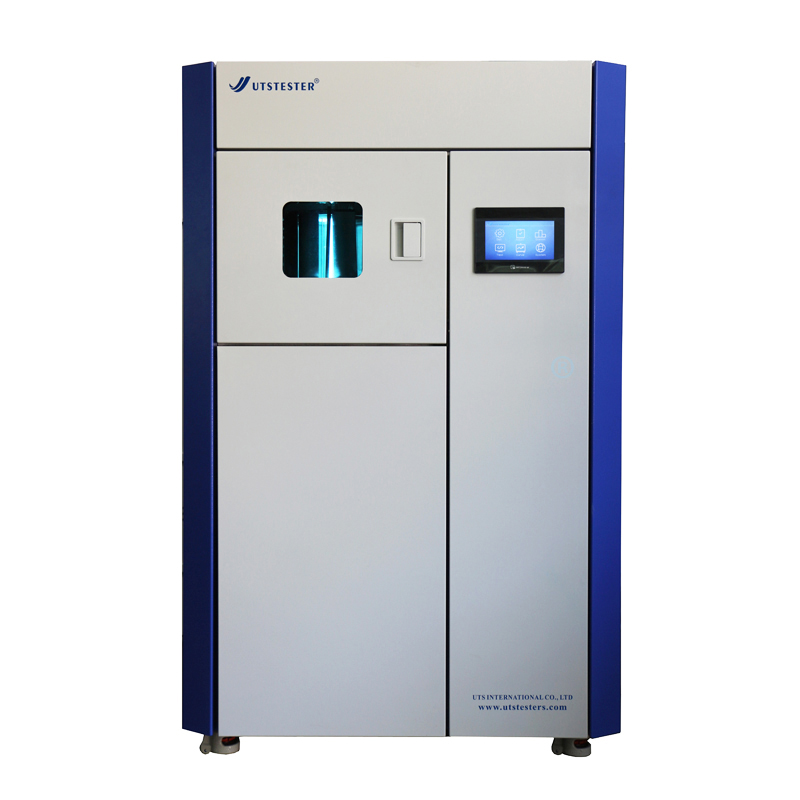 +86 152 6060 5085
+86 152 6060 5085
 +86 152 6060 5085
+86 152 6060 5085
Blog
Catalog
Latest Blog
1 Light fastness to light-colored fabrics with reactive dyes
As we all know, reactive dyes dyed on cotton fibers are attacked by ultraviolet rays under sunlight, and the chromophore or auxochromophore in the dye structure will be damaged to varying degrees, resulting in color change or light color, that is, The problem of light fastness.
The national standard has already stipulated the light fastness of reactive dyes. For example, GB/T411-93 cotton printing and dyeing cloth standard stipulates that the light fastness of reactive dyed fabrics is 4-5, and the light fastness of printed fabrics is 4; GB/T411-93 T5326 combed polyester-cotton blended printing and dyeing fabric standard and FZ/T14007-1998 cotton-polyester blended printing and dyeing fabric standard both stipulate that the light fastness of dispersion/reactive dyed fabric is 4, and the printed fabric is also 4. It is more difficult to achieve this standard for light-colored printed fabrics dyed with reactive dyes.
1. The relationship between dye matrix structure and light fastness
The light fastness of reactive dyes is mainly related to the parent structure of the dye, 70-75% of the parent structure of reactive dyes is azo type, and the rest is quinone type, phthalocyanine type and alpha type.
The light fastness of azo type is poor, and the light fastness of anthraquinone type, phthalocyanine type and formazan is better. The molecular structure of the yellow reactive dye is azo type, the parent chromophore is pyrazolone and naphthalene trisulfonic acid with the best light fastness, the reactive dye of blue spectrum is anthraquinone, phthalocyanine, methyl parent structure, and Excellent light fastness, the molecular structure of red chromatographic reactive dyes is azo type. Light fastness is generally low, especially for light colors.
2. The relationship between dyeing concentration and light fastness
The light fastness of dyed samples will vary with the dyeing concentration. For samples dyed with the same dye on the same fiber, its light fastness increases with the increase of dyeing concentration, mainly because the dye is in Caused by changes in the particle size distribution of aggregates on the fibers.
The larger the aggregate particles, the smaller the exposure area of the dye per unit weight to air-moisture, and the higher the light fastness.
The increase of dyeing concentration will increase the proportion of large particle aggregates on the fiber, and the light fastness will also increase accordingly. The dyeing concentration of light-colored fabrics is low, the proportion of dye aggregates on the fiber is low, and most of the dyes are in a single-molecule state, that is, the dye has a high degree of decomposition on the fiber, and each molecule has the same probability of being exposed to light and air. , The role of moisture, the light fastness also decreased accordingly.
ISO/105B02-1994 standard light fastness is graded 1-8, my country's national standard is also graded 1-8, AATCC16-1998 or AATCC20AFU standard sun fastness is graded 1-5. Therefore, first of all, it is necessary to find out what standard the customer's requirements are based on. All dye manufacturers or companies, including the color card provided by "Dye Index", show the light fastness of dyed objects in the case of 1/1 of the dyeing depth. , that is, the data measured on medium-colored fabrics with a dye concentration of about 20-30g/L, and light-colored fabrics cannot reach this level.
Measures to improve light fastness
1. Selection of dyes
The most important factor affecting the light fastness of light-colored fabrics is the dye itself, so the choice of dye is the most important. When selecting dyes for color combination, the light fastness level of each component of the selected dyes must be equal, as long as the light fastness of any one of the components, especially the component with the least amount, cannot reach the light-colored dyeing. requirements, the light fastness of the final dyed product cannot meet the standard.
2. Other measures
❶ The effect of floating dyes. Incomplete dyeing and soaping, unfixed dyes and hydrolyzed dyes remaining on the cloth will also affect the light fastness of dyed products, and their light fastness is significantly lower than that of fixed reactive dyes. The more thoroughly soaping is performed, the better the lightfastness.
❷ Effects of fixatives and softeners. Cationic low-molecular or polyamine-condensed resin-based fixatives and cationic softeners used in fabric finishing will reduce the light fastness of dyed products. Therefore, when choosing fixatives and softeners, we must pay attention to their influence on the light fastness of dyed objects.
❸ Influence of UV absorbers. Ultraviolet absorbers are often used in light-colored dyeings to improve light fastness recently, but they must be used in large amounts to have some effect, which not only increases costs, but also causes fabric yellowing and strong damage, so it is best not to use this method.

Email: hello@utstesters.com
Direct: + 86 152 6060 5085
Tel: +86-596-7686689
Web: www.utstesters.com